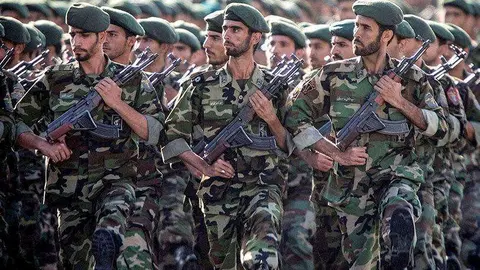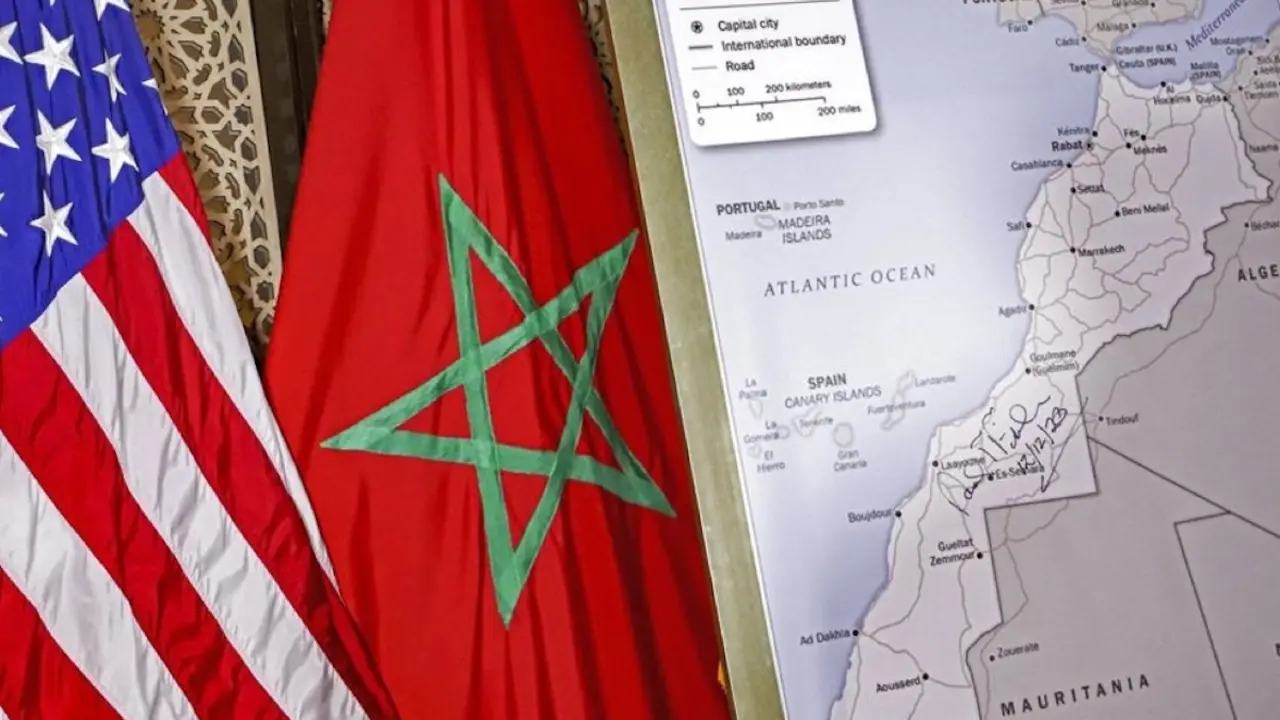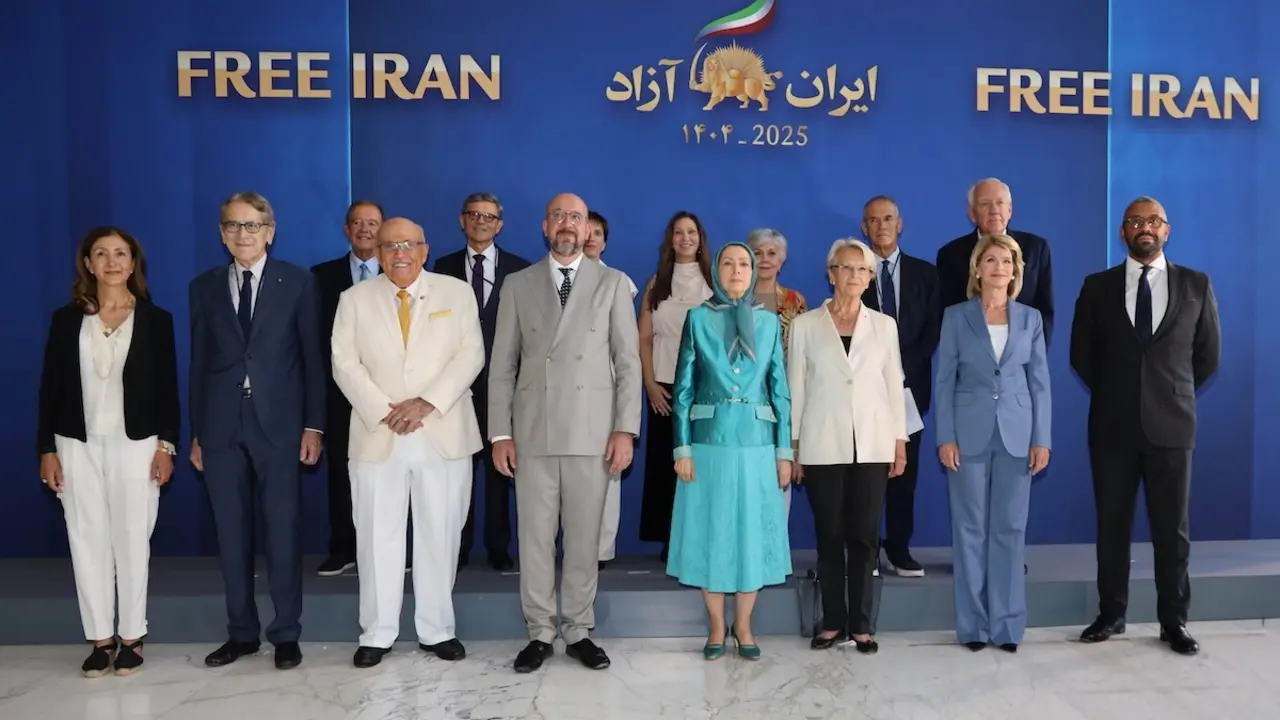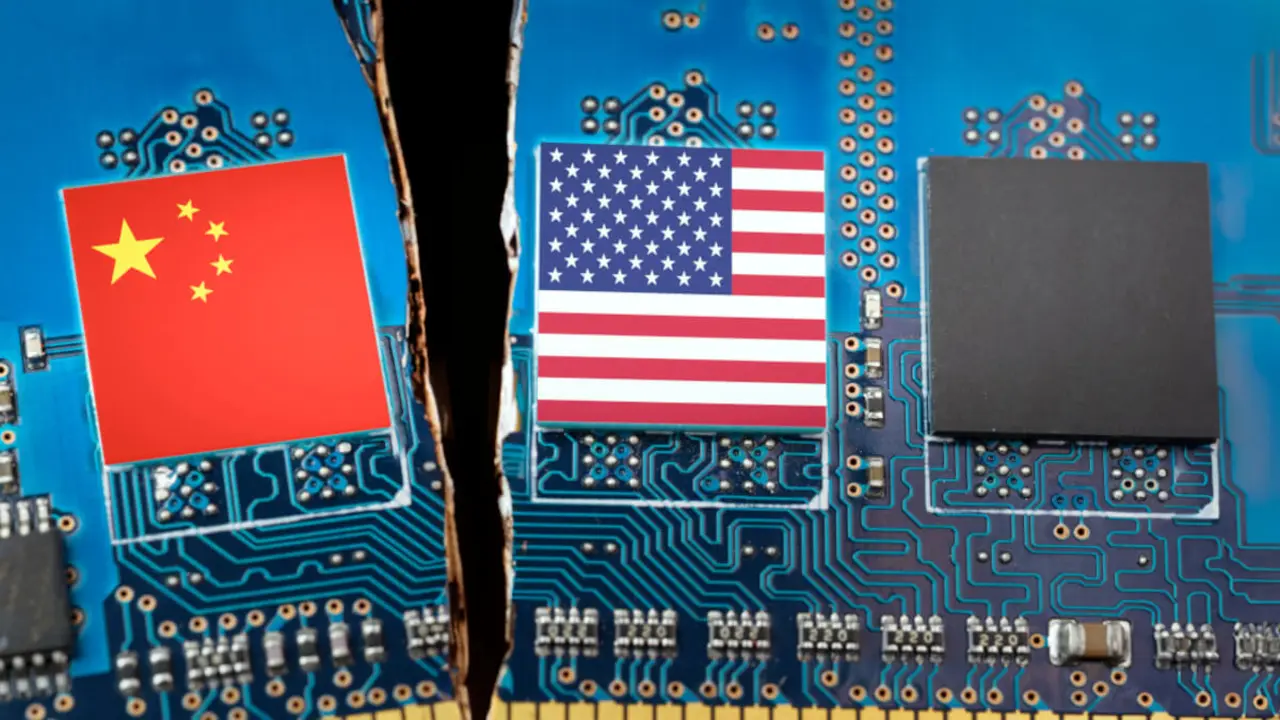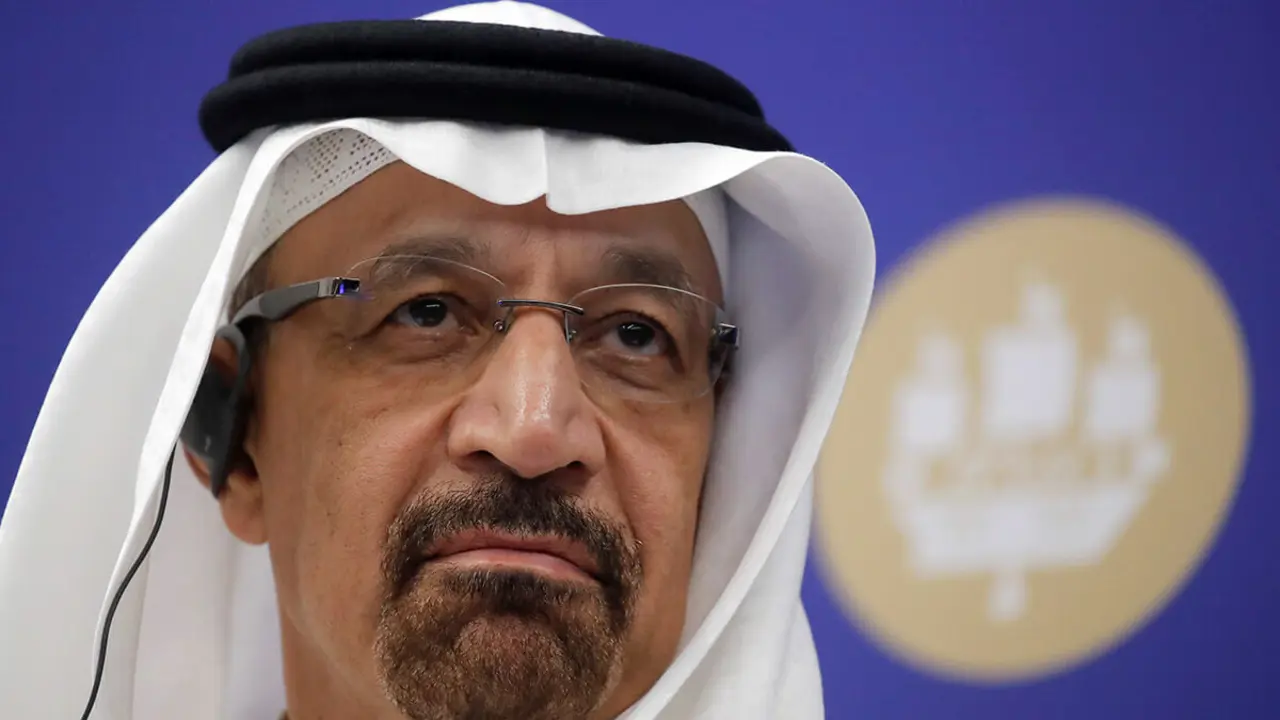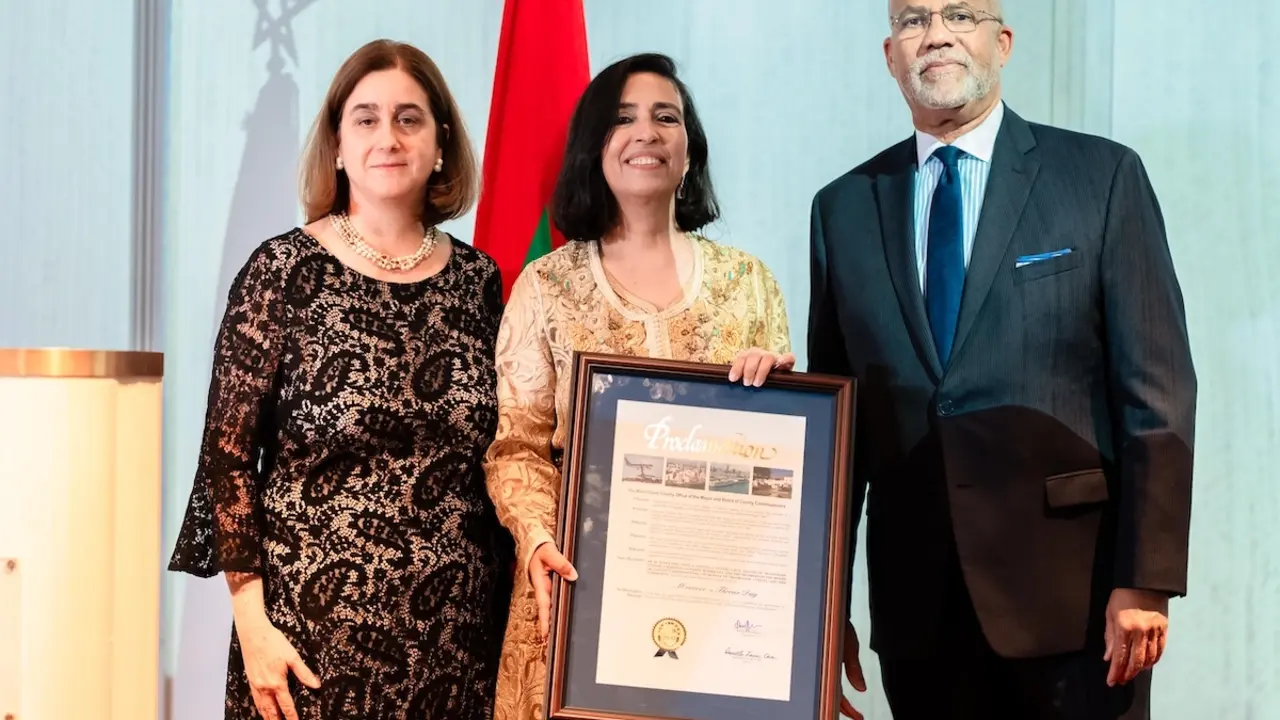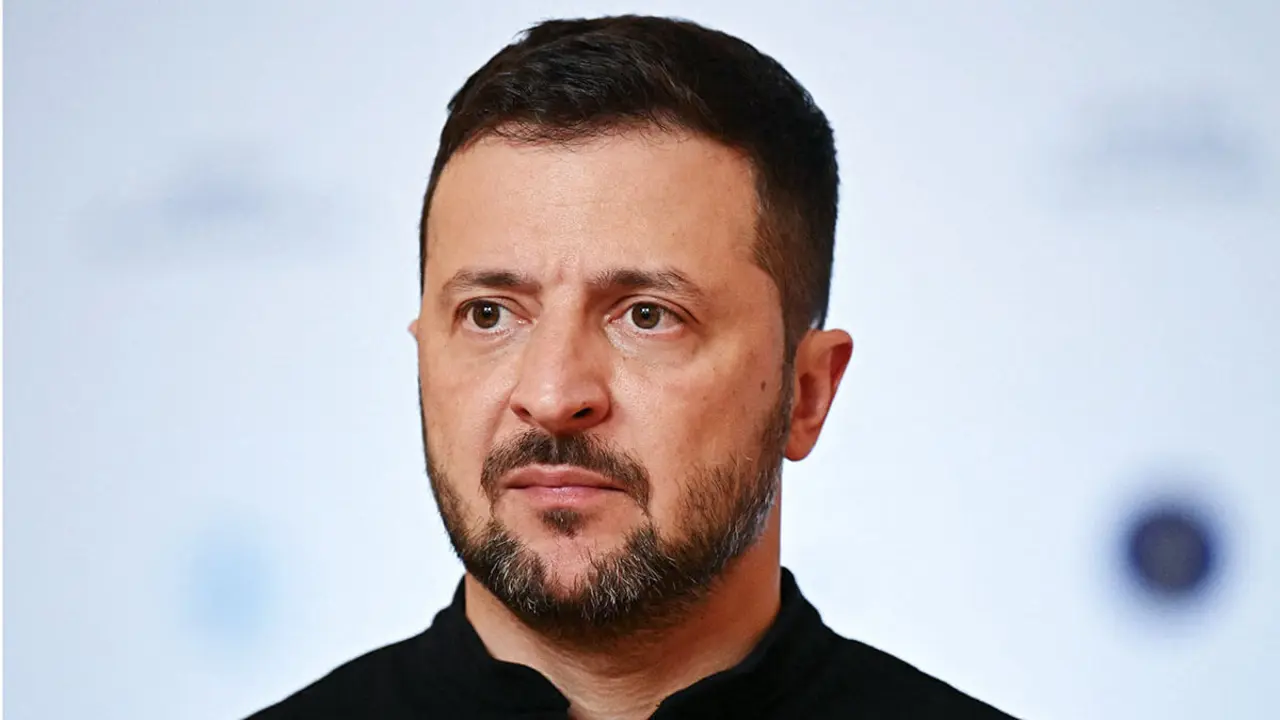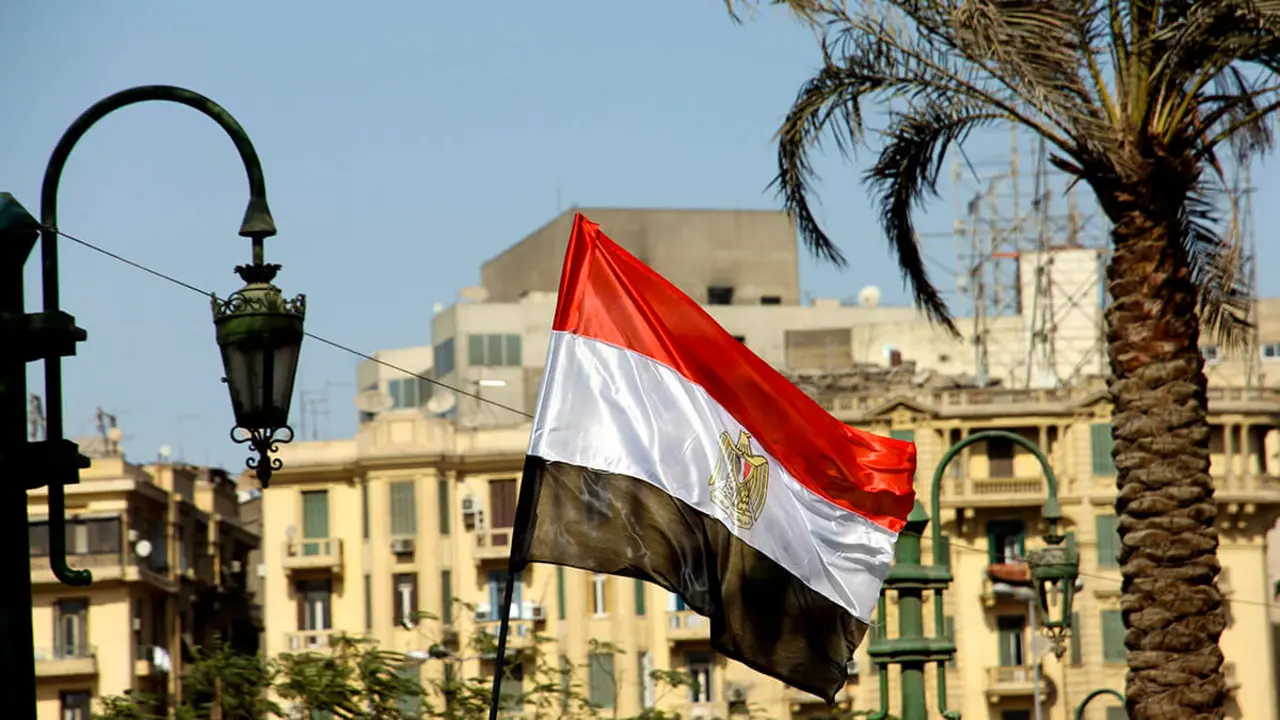Iran consolidates its influence in Syria
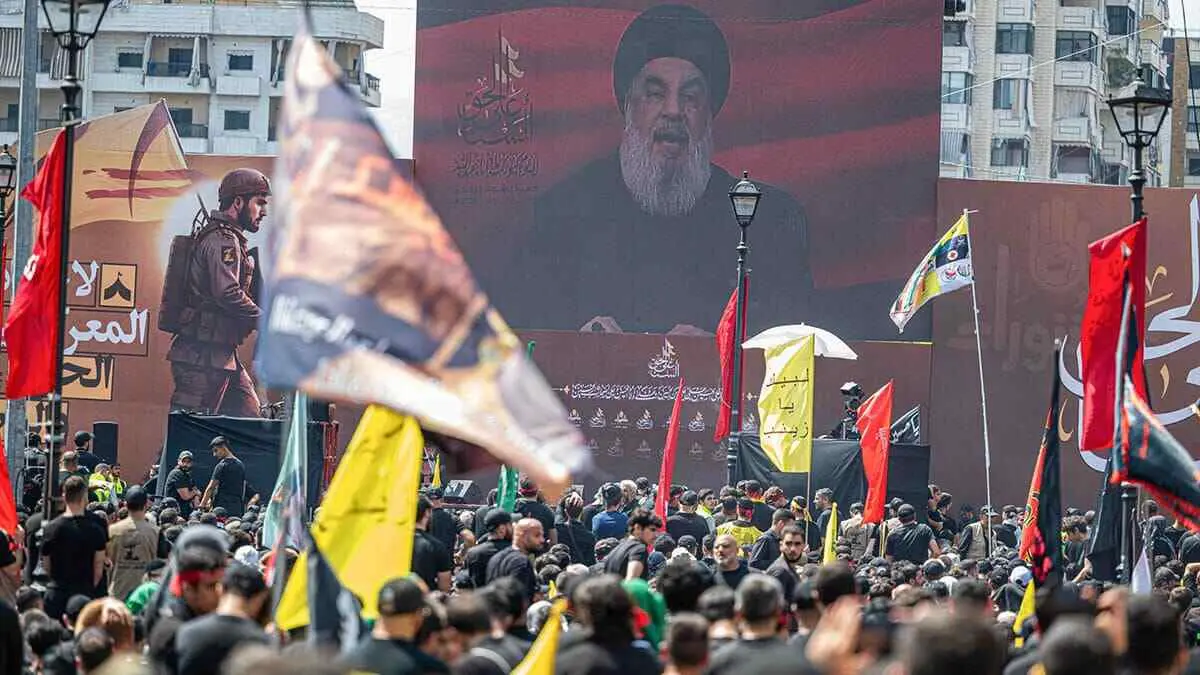
- Military strategy and expansion of influence
- Territorial control and cultural expansion
- Future prospects
Since its initial intervention in the Syrian civil war to support the regime of President Bashar al-Assad, Iran has managed to significantly consolidate its presence in the country, influencing both military, social and political aspects. This presence has not only strengthened the Assad regime, but has also altered power dynamics across the region, generating new tensions and alliances.
Military strategy and expansion of influence
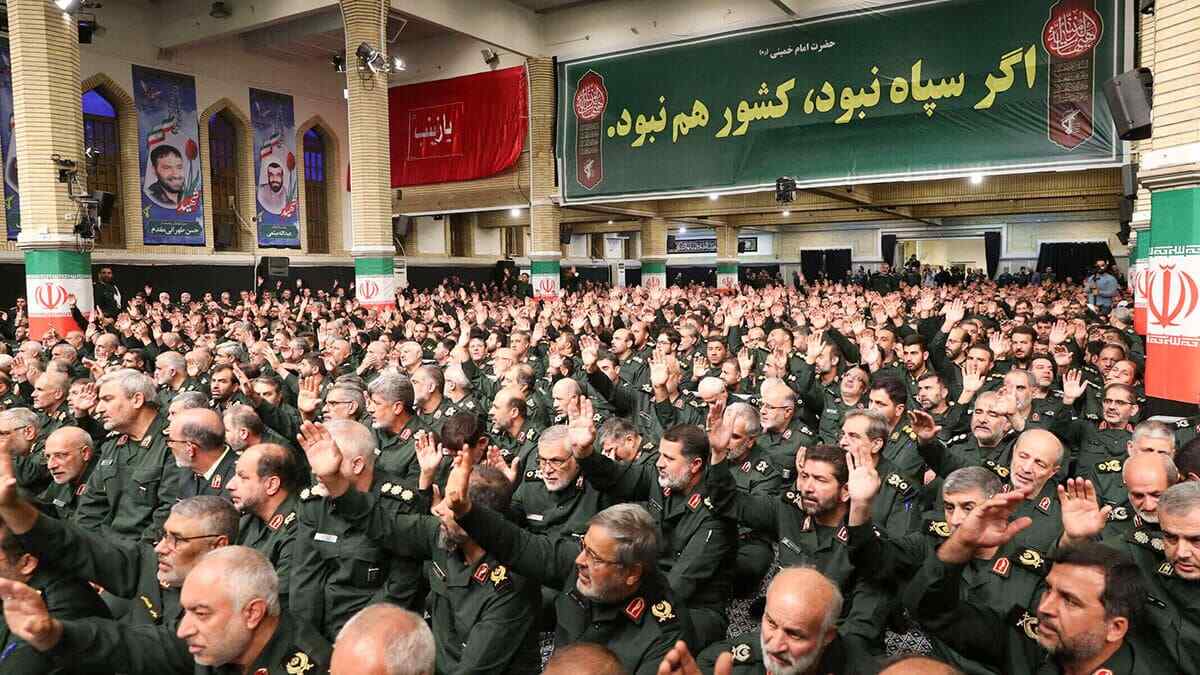
As reported by Al Arab, Iran's intervention in Syria has been characterised by a comprehensive approach that includes the deployment of militias and direct support to pro-regime forces. A key component of this strategy is the establishment of a so-called "land corridor" connecting Tehran to Beirut via Baghdad and Damascus. This corridor not only facilitates the transport of arms and supplies to allies such as Hezbollah in Lebanon, but also consolidates Iran's influence in the region.
According to Omar Abu Laila, executive director of the Deir Ezzor 24 Network, these actions have made Iran one of the most effective forces on the Syrian scene. Moreover, a Washington Institute report notes that Iran invests around 16 billion dollars annually to maintain its militias in Syria, Iraq and Yemen, and spends approximately 700 million dollars annually to support Hezbollah. These investments underline Iran's commitment to its strategy of expansion and power consolidation.

Despite its military capabilities, the "Axis of Resistance" - which includes Iran and its allies - has shown a restrained response to the recent conflicts in Gaza. This lack of decisive action has generated criticism and called into question the alliance's effectiveness in intervening in conflicts beyond its immediate borders.
Nevertheless, Iran has continued to increase arms shipments through Iraq and Syria to Hizbollah, according to observations in the field, especially in the western Euphrates region. This movement of arms reflects not only Iran's persistence in maintaining its influence, but also the limitations of Israeli and US strikes in stemming the flow of supplies.
Territorial control and cultural expansion
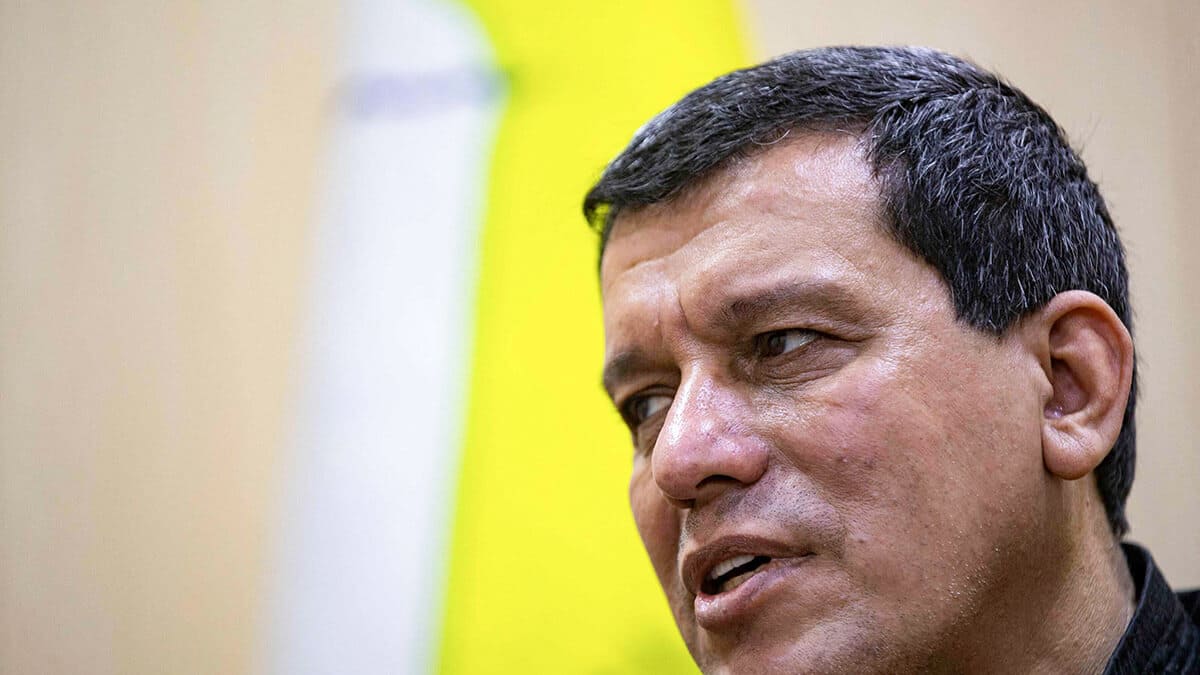
The Deir Ezzor region has become a crucial strategic point for Iran, serving as a link between militias in Syria and Iraq. Here, the US-allied Syrian Democratic Forces (SDF) have faced increasing pressure from Iranian-backed militias, such as those led by Sheikh Ibrahim al-Hifl of the al-Aqeidat tribe. This deterioration in security and control of the region highlights Iran's ability to influence local dynamics and challenge the presence of international forces.
In parallel, Iran has intensified its efforts to expand its cultural and sectarian influence in Syria. It has established cultural centres that promote Iranian language and culture, as well as Shi'ism, as part of a long-term strategy to gain adherents and consolidate its influence in Syrian society. These activities range from computer courses to exploratory trips, all with an undercurrent of promoting Shi'ism and Iranian culture.
Future prospects
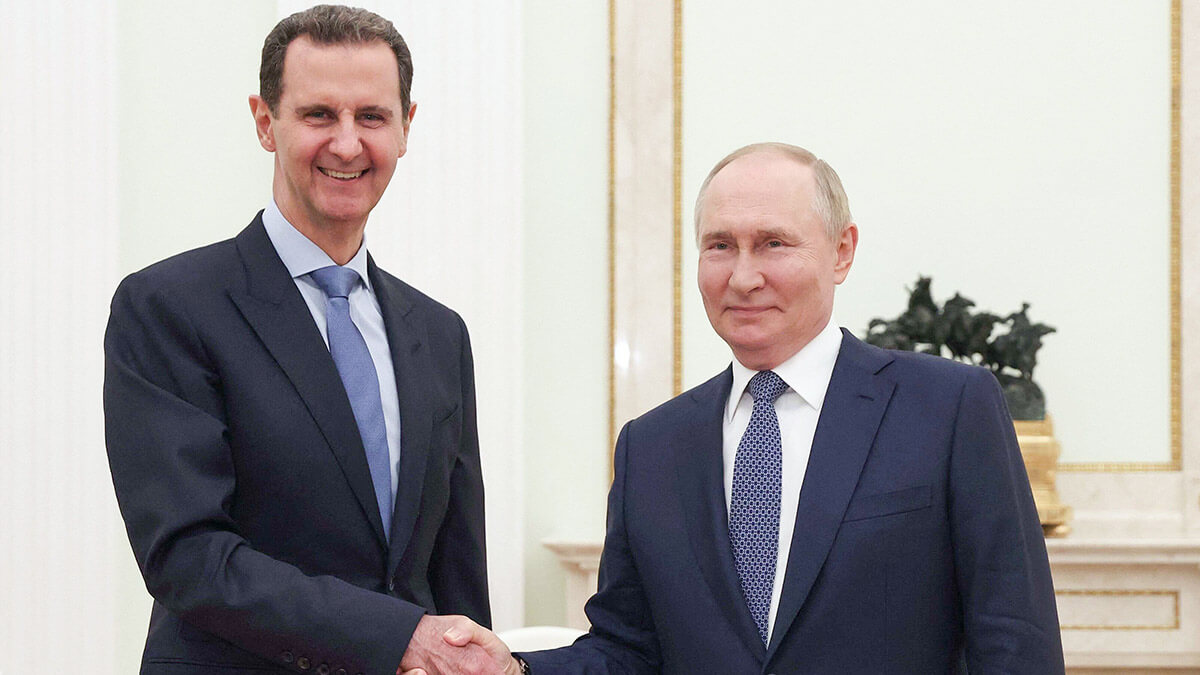
Iran's growing power in Syria raises important questions about the future of the region and the balance of power. Iran's presence, ranging from military to cultural influence, has transformed the Syrian conflict, positioning Tehran as a key player on the regional stage. This influence not only strengthens Assad, but also poses challenges to Western interests and those of other regional actors, such as Israel and the Gulf states.
Iran's ability to establish a network of loyal militias and cultural centres in Syria suggests a long-term strategic plan to consolidate its presence and project its power beyond its borders. In this context, monitoring Iran's movements and tactics is essential to understanding the changing dynamics in Syria and the wider region.
Iran's intervention in Syria has thus not only altered the course of the civil war, but also reshaped alliances and power structures in the Middle East. With a presence that combines military power, political influence and cultural change strategies, Iran has become an indispensable player on the region's geopolitical chessboard, with implications that will continue to reverberate for years to come.



